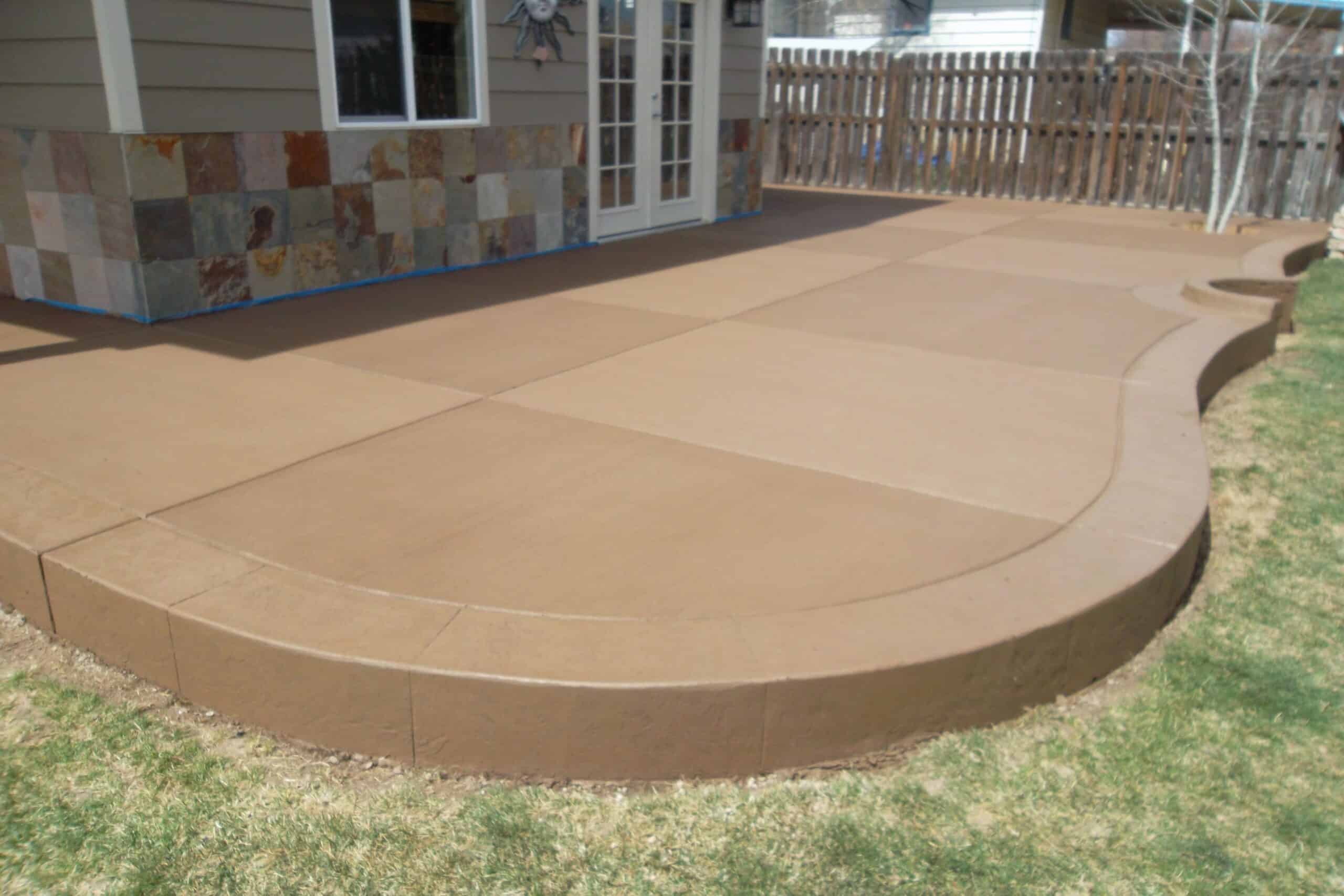Ways To Add Colours In Your Concrete In Del Mar

- Integral coloring is a method that involves adding color directly to the concrete mix before it’s poured and cured. This method ensures that the color is evenly distributed throughout the entire concrete slab, providing a consistent and long-lasting hue. Integral coloring agents come in powder or liquid forms and are available in a wide range of colors, allowing you to achieve the exact shade you desire. To use integral coloring, follow these steps: Choose your desired coloring agent and mix it with the concrete according to the manufacturer’s instructions. Ensure the coloring agent is thoroughly mixed with the concrete to avoid streaks or uneven coloring. Pour the colored concrete into your desired formwork and finish it as usual. One of the significant advantages of integral coloring is its durability. Since the color is an integral part of the concrete mix, it won’t fade or wear away over time, making it an ideal choice for high-traffic areas like driveways and sidewalks.
- Concrete stains are a popular choice for adding color to existing concrete surfaces. Stains penetrate the concrete’s surface, creating a translucent, variegated appearance that mimics the look of natural stone or marble. They come in two primary types: acid stains and water-based stains. Acid stains react chemically with the minerals in the concrete, creating unique and unpredictable color variations. These stains are known for their earthy tones and mottled appearance. Water-based stains offer a wider range of colors and a more consistent finish. They are easier to apply and are less likely to produce harsh chemical reactions, making them a safer choice for DIY projects. To apply concrete stains: Clean the concrete surface thoroughly and let it dry. Apply the stain using a sprayer or roller, following the manufacturer’s instructions for dilution and application. Allow the stain to dry and apply a sealer to protect the color and enhance the concrete’s longevity. Concrete stains are an excellent choice for indoor and outdoor concrete surfaces, including floors, countertops, and patios.
- Concrete dyes are another way to add vibrant and long-lasting color to your concrete surfaces. Unlike stains, dyes are typically water- or solvent-based and offer a wider range of color options. They penetrate the concrete more deeply, resulting in a more consistent and intense coloration. To use concrete dyes: Clean the concrete surface and let it dry. Apply the dye using a sprayer, brush, or roller, depending on the desired effect. Seal the concrete to protect the color and enhance its durability. Concrete dyes are particularly popular for decorative concrete applications, such as stamped concrete or engraved designs. They allow for intricate and precise detailing, making them a favorite among artisans and designers.
FAQs
How Long Does Colored Concrete Last?
Colored concrete can last for decades with proper maintenance. Integral coloring is the most durable option, as the color is an integral part of the concrete mix and won’t fade or wear away. Stains and dyes may require periodic resealing to maintain their color and appearance.
Can I Change The Color Of Existing Concrete?
Yes, you can change the color of existing concrete using concrete stains or dyes. These products are designed to penetrate the concrete surface and provide a new color layer. However, the existing concrete should be in good condition and thoroughly cleaned before applying stains or dyes.
Are There Eco-Friendly Options For Coloring Concrete?
Yes, there are eco-friendly options for coloring concrete. Look for coloring agents that are low in volatile organic compounds (VOCs) and environmentally friendly. Water-based stains and dyes are generally considered more eco-friendly than acid stains.
Conclusion
Adding color to your concrete surfaces is a fantastic way to enhance their visual appeal and create unique and eye-catching designs. Whether you opt for integral coloring, concrete stains, or concrete dyes, each method offers its own set of benefits and can transform dull, gray concrete into a vibrant and colorful masterpiece. With these options at your disposal, you can bring life and personality to your concrete projects while enjoying the durability and longevity that concrete offers. For more information, contact Concrete Contractor Del Mar at (858) 314-3534.